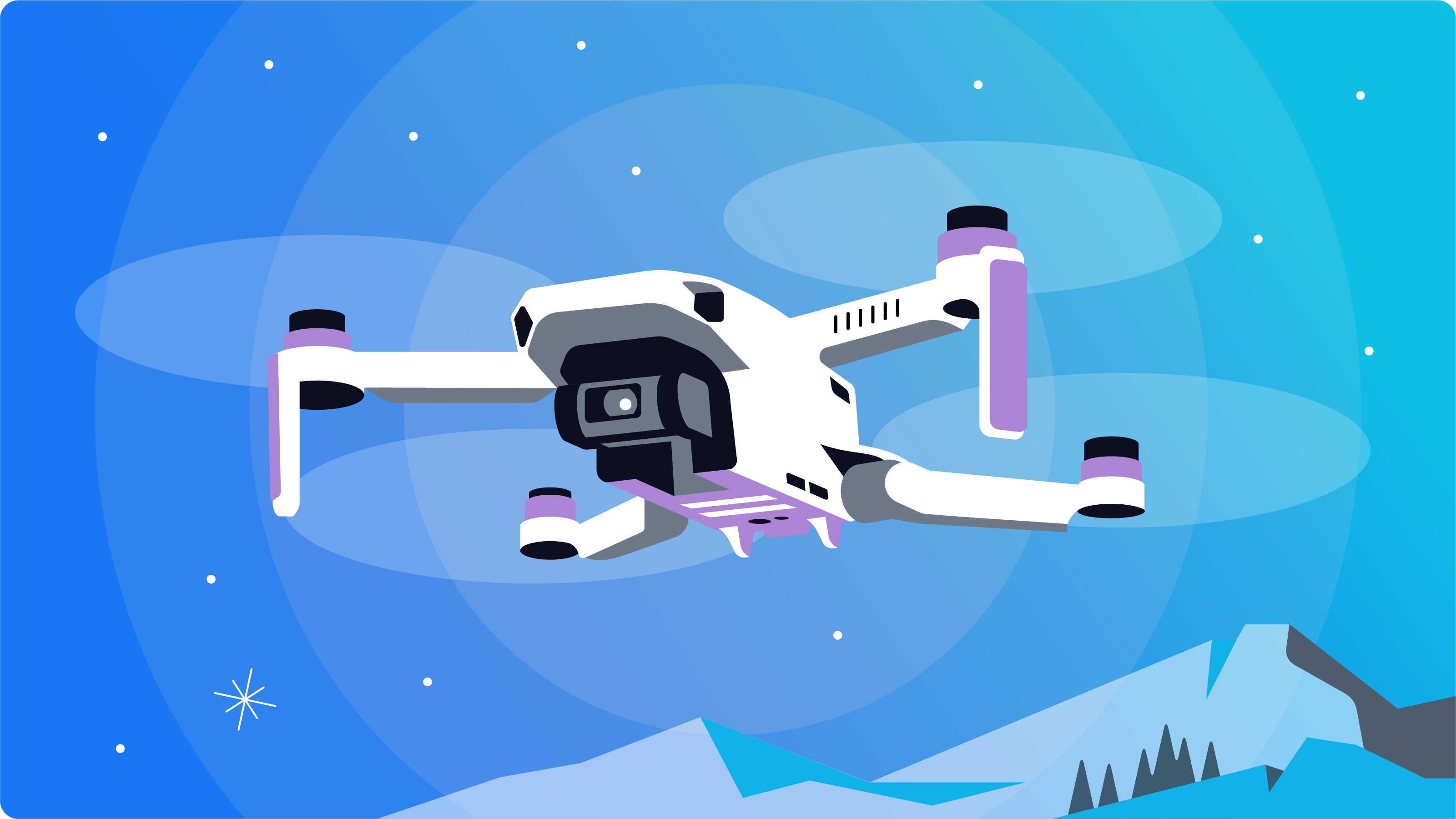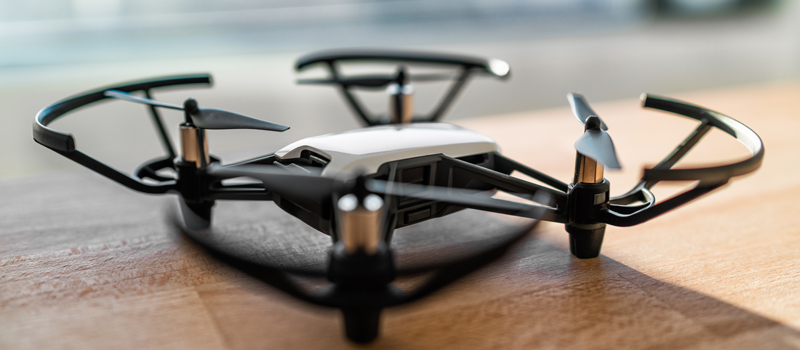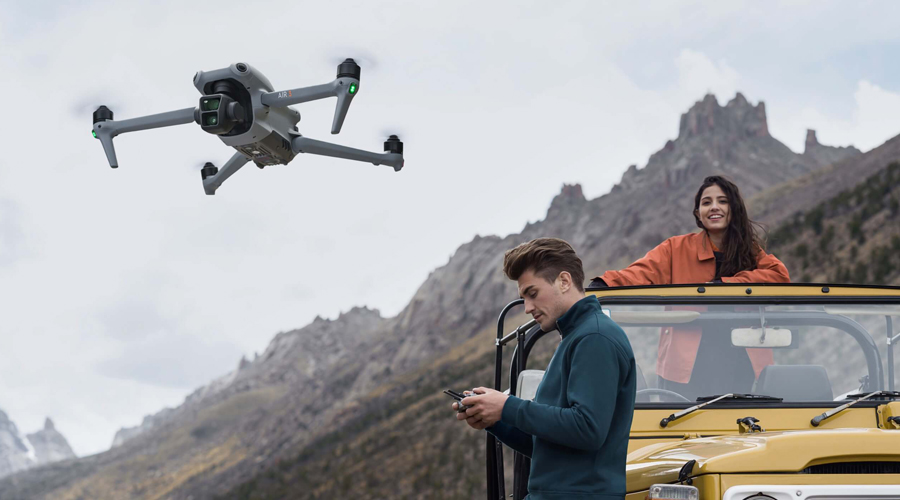The weather during winter is not exactly ideal for drone flight because of very low temperatures, strong winds, and icing conditions.
However, it would be a shame to ground your drone and miss out on flying over nice, snowy landscapes.
In this article, we will give you tips on how to keep flying your drone during winter while keeping both yourself and your drone safe.
Key Takeaways
- Be wary of how low temperatures affect battery performance and life. Be conservative with flight time and keep your flights shorter than usual.
- Visibility is usually poor during winter. Don’t fly out too far to maintain visual contact and adjust your camera settings to compensate.
Keep the Batteries Warm
Batteries have an optimal operating temperature range. Above or below this, their performance diminishes, whether in terms of capacity or power output. Winter temperatures generally are not optimal for drone batteries. They will still work but are not in their best condition.
If possible, then it’s best to keep your drone warm. This can be done easily inside a warm car. If you’re walking a long way to your drone flight spot, then keep your drone batteries in a well-insulated container.
It’s also a good idea to warm up your drone’s battery before proceeding with your actual drone flight. This can be easily done by allowing the drone to hover at a low altitude for a few minutes and making a few small movements. Consider this an extra safety check before you bring your drone to a higher altitude.
Don’t Fly in Fog or Snow
If there’s heavy fog or even a light snowfall, you might want to reconsider taking that drone out on a flight. The drone does not respond well to high humidity, plus these weather conditions may cause your drone’s sensors to constantly detect obstacles in its surroundings.
Keep in mind that you still need to always maintain visual contact with the drone. This is much more challenging in fog or snow, and you will find that you may not even be able to fly more than a hundred meters before your drone is no longer visible. If the weather is too extreme, you’re better off doing something indoors.
Keep an Eye on Battery Life
With the knowledge that drones are not working optimally in cold weather, you will want to be extra diligent over your drone’s battery life. Cold batteries will almost certainly drain faster.
This would also be a good time to point this out – make sure your batteries are fully charged before going on a flight!
When flying in winter, you will want to be on the safer side when it comes to battery management. Do not wait for your drone’s RTH function to kick in because its battery has been depleted – it might not complete the flight home. Aside from reduced battery capacity, you are more likely to deal with strong winds during winter. Going below 20% is generally not recommended in very cold weather.
Adjust Your Camera Settings
Lighting conditions are not the best during winter, even if you’re flying in the middle of the day. The gray skies can make your drone photos and videos look dull, and not having enough light can lead to underexposure.
The good news is that it’s fairly easy to adjust to these conditions. You will want to increase the shutter speed of your drone’s camera to increase exposure and adjust the white balance settings to keep your images from looking blue. It’s easy enough to experiment with these settings even while your drone is flying.
Check for Ice Formation
Your drone is bound to pick up moisture from the environment. When exposed long enough to cold temperatures, this moisture can cause ice formation. This is bad news, particularly if ice forms on the propellers of your drone.
The best practice when flying in winter is to always check for any ice on your drone’s propellers each time you land it for a rest or a battery replacement. There is bound to be some ice, so just quickly wipe that away before launching your drone again.
One thing worth remembering is that temperatures drop at higher altitudes. This means that the drone is likely at a lower temperature than you, so take it easy on flying too high. Perhaps winter is not the best time to be flying at the 400-foot ceiling.



